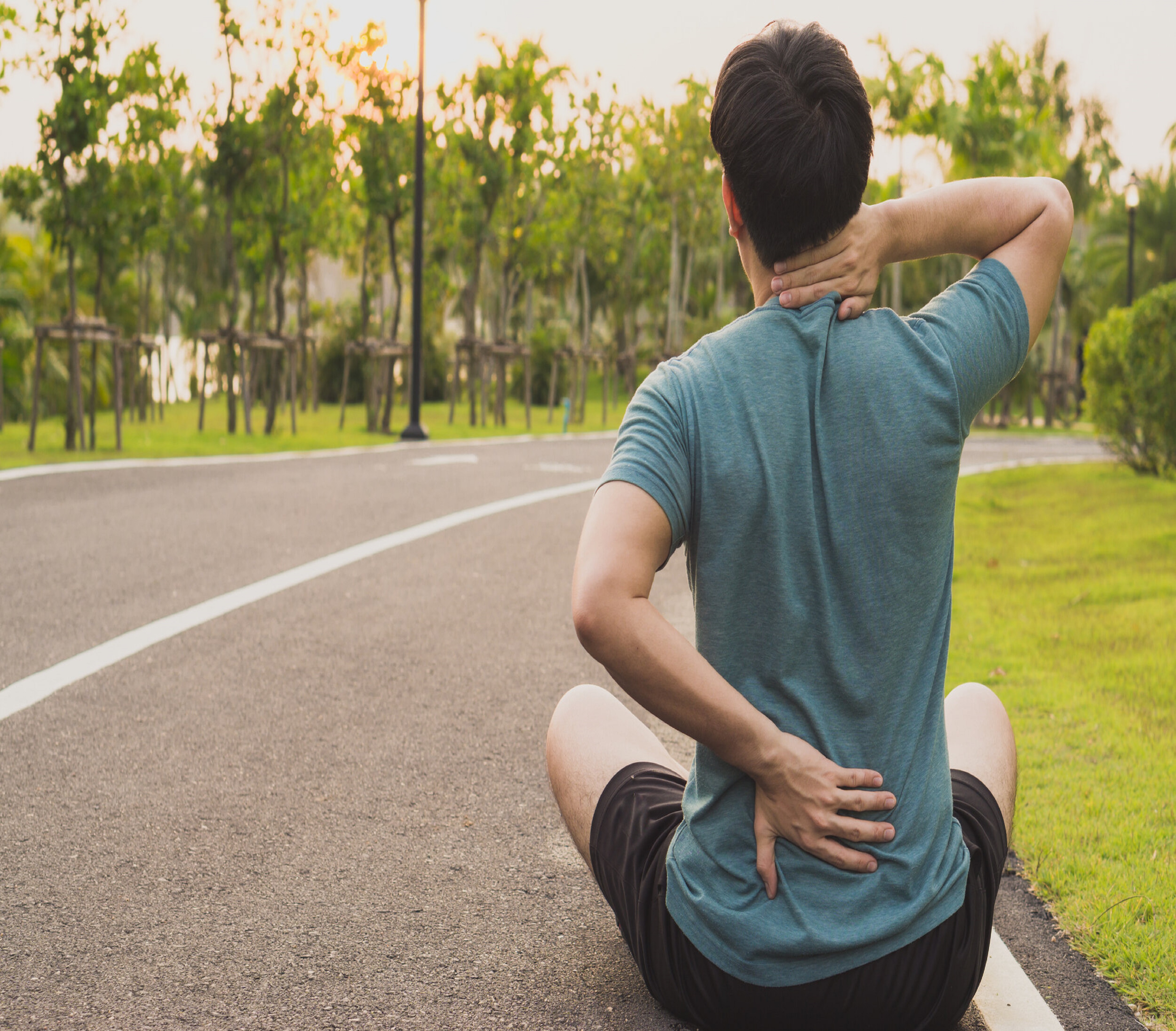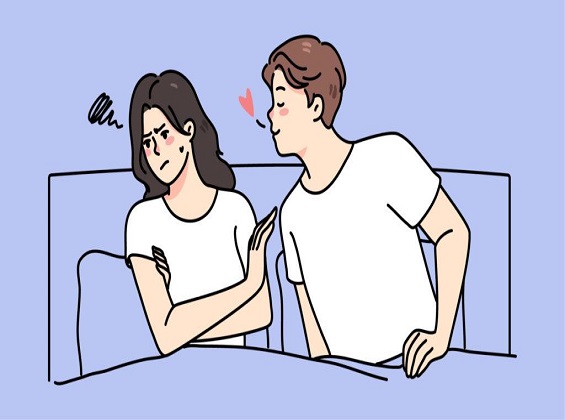Treatment of lower and upper back pain
treatment for lower and upper back pain can vary depending on the underlying cause and the severity of the pain. It's essential to identify the cause of the pain, which can range from muscle strains to more serious conditions. Here are some general approaches to treating both lower and upper back pain:
-
. Rest and Activity Modification In the case of acute pain, rest and avoid activities that worsen the pain. However, prolonged bed rest is generally not recommended, as it can weaken the muscles and delay recovery.
-
. Pain Medications
Over-the-counter pain relievers like ibuprofen or acetaminophen can help manage pain and reduce inflammation. For severe pain, a doctor may prescribe stronger medications.
-
Physical Therapy:A physical therapist can develop an exercise program to strengthen the muscles, improve posture, and increase flexibility. They may also use techniques like heat or cold therapy, ultrasound, and manual manipulation to alleviate pain.
-
ExerciseRegular low-impact exercises like walking, swimming, and yoga can help improve back strength and flexibility. Be sure to consult a healthcare professional or physical therapist for guidance on suitable exercises.
-
Heat and Cold Therapy: Applying heat or cold to the affected area can help alleviate pain. Heat can relax and loosen tissues, while cold can reduce inflammation and numb the area.
-
Posture Correction: Maintaining good posture when sitting and standing can help prevent and relieve back pain. Ergonomic adjustments to your workspace or chair can also be beneficial.
-
Massage Therapy: Massage can help relax muscles and reduce tension in the back. It can be used as part of a comprehensive treatment plan.
-
Chiropractic Care Chiropractic adjustments can help realign the spine and alleviate back pain, particularly if the pain is related to spinal misalignment.
-
Acupuncture Some people find relief from back pain through acupuncture, a traditional Chinese therapy that involves inserting thin needles into specific points on the body.
-
Lifestyle Changes: Quitting smoking, maintaining a healthy weight, and using proper lifting techniques can help prevent back pain.
-
Psychological Support: Chronic back pain can have a psychological component. Cognitive-behavioral therapy (CBT) and relaxation techniques can be helpful in managing the emotional aspects of pain. In cases of severe or persistent back pain, it's crucial to consult a healthcare professional to determine the underlying cause and receive proper treatment. Surgery may be required for some conditions, but it is typically considered only after other treatments have been exhausted.









